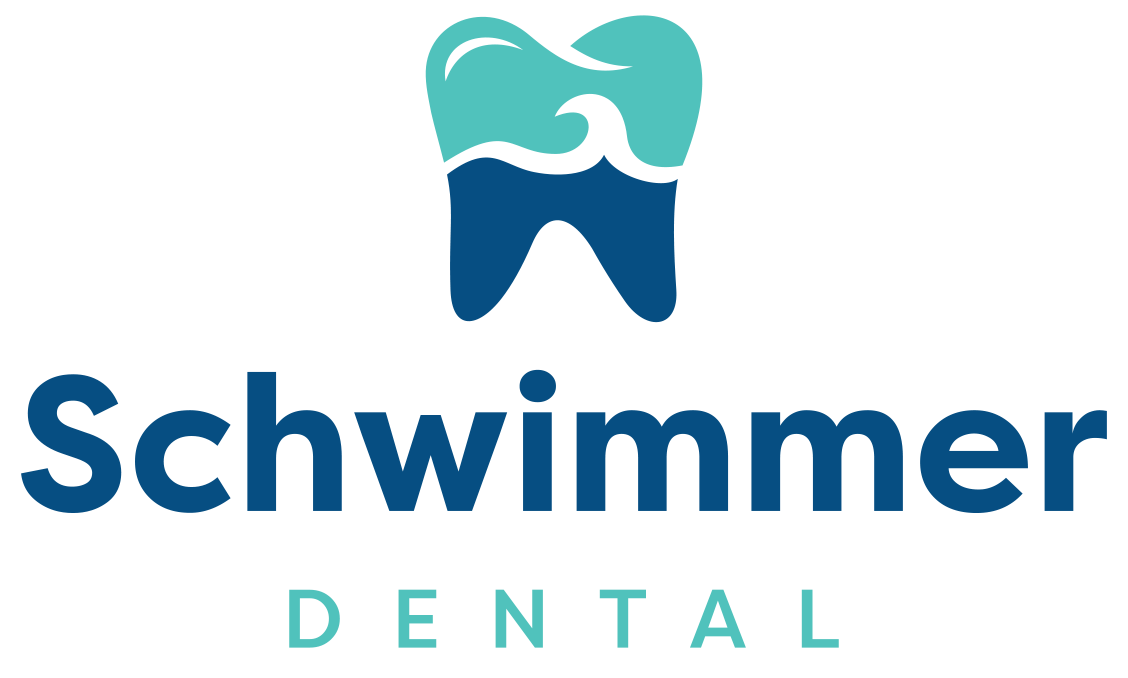What to Know About Dental Bone Graft After Tooth Extraction: Cost, Process & Care
When facing a tooth extraction, you might hear your dentist mention a dental bone graft after tooth extraction. But what exactly does this mean for your oral health? Understanding the reasons, costs, results, signs of failed dental bone graft, and how to speed up bone graft healing is essential for the best outcome. This guide delivers all the facts you need in a clear, detailed list format.
What is a Dental Bone Graft After Tooth Extraction?
A dental bone graft after tooth extraction is a procedure where bone material—either from your body, a donor, an animal, or a synthetic source—is placed in the socket left after a tooth is removed. This graft encourages your body to build new bone in the area, which can prevent bone loss and prepare the site for dental implants or bridges later on.
Why Is Bone Grafting Necessary After Tooth Removal?
- Prevents Jawbone Shrinkage: When a tooth is lost, the surrounding bone loses stimulation and begins to recede. Bone grafting maintains bone height and density, protecting the overall architecture of your jaw.
- Supports Future Dental Work: Dental implants require strong bone. Without a graft, there may not be enough bone to hold an implant.
- Protects Facial Appearance: Bone loss can lead to facial sagging and changes in appearance over time.
- Aids Gum Health: Preserved bone structure helps support healthy gum tissue.
Types of Dental Bone Graft Material
- Autograft: Bone harvested from another area of your body (often the chin or hip). Considered highly biocompatible but involves two surgical sites.
- Allograft: Sterile human donor bone, commonly used and safe.
- Xenograft: Bone from animal sources (often bovine/cow), thoroughly cleaned and processed.
- Alloplast: Synthetic bone material, such as calcium phosphate.
Each material affects the dental bone graft cost differently and may influence healing time.
Cost Breakdown: Dental Bone Graft Cost
Dental bone graft cost varies significantly based on material, complexity, and geographic location:
- Alloplast (synthetic): $300 – $800 per area
- Allograft (human donor): $600 – $1,600
- Xenograft (animal donor): $550 – $1,400
- Autograft (your own bone): $2,100 – $5,000 (due to surgical harvest)
- Combined with Implants: Total cost can rise to $2,000 – $5,000 or more
- Additional Imaging: X-rays/CT scans may add $250 – $1,000
The Dental Bone Graft Procedure: What to Expect
- Local Anesthesia Is Given: Keeps you comfortable throughout the procedure.
- Socket is Cleaned: Any infection or debris is removed.
- Graft Placement: The selected bone graft material is packed into the extraction socket.
- Barrier Membrane: Sometimes a membrane covers the graft for protection.
- Sutures (Stitches): Gums are closed over the site.
- Healing Begins: Graft material helps promote new bone growth.
Socket bone grafting can often be done at the same time as the extraction.
Aftercare: How to Speed Up Bone Graft Healing
Proper care is key. Here are evidence-based steps for how to speed up bone graft healing:
- Rest: Minimize physical activity for the first 48 hours.
- Ice Packs: Apply to reduce swelling in short intervals.
- Soft Diet: Stick to soft foods (mashed potatoes, yogurt, eggs, smoothies) for at least the first few days, gradually introducing firmer foods.
- Gentle Rinsing: Use prescribed antibacterial rinse or warm saltwater after 24 hours but avoid vigorous swishing.
- Good Oral Hygiene: Brush gently, avoiding the area, and do not touch stitches.
- Stay Hydrated: Drinking water supports healing.
- Sleep with Head Elevated: Helps reduce swelling.
- Avoid Smoking & Alcohol: Both can stall healing and increase graft failure risk.
- Take Medications as Prescribed: Antibiotics or pain relievers help prevent infection and control discomfort.
Healing Timeline: From Extraction to Strong Bone
- Initial Healing: 1 week for gums to mostly close
- Bone Graft Integration: 3-6 months for the bone graft to fully fuse and support an implant
- Full Recovery: Can take up to a year in some cases; however, you may be ready for your implant in as little as 3 months
Dental Bone Graft Cost: Factors That Affect the Price
- Type & Quantity of Graft Material: More extensive bone loss means more material and higher cost.
- Surgical Complexity: Additional procedures increase the price.
- Expertise: More experienced surgeons may charge more.
- Geographical Location: Practices in major cities or specialized clinics may have higher prices.
- Insurance: Some plans cover part of the dental bone graft cost, particularly after trauma or for medical reasons.
Signs of Failed Dental Bone Graft: What to Watch For
Early identification is crucial. Common signs of failed dental bone graft include:
- Persistent or increasing pain after 1 week
- Swelling that worsens, not subsides, after a few days
- Pus, foul odor, or continuous bad taste
- Gum tissue not closing over the graft
- Loose or dislodged graft material
- Persistent bleeding after the first 24–48 hours
- Changes in gum color or
gum recession around site
- Aching, dull pain, or "loose" sensation in the jaw even months later
Late failure may only be discovered when planning an implant.
Risks & Complications of Dental Bone Graft After Tooth Extraction
- Infection: Can cause graft failure or require removal.
- Graft Rejection: Rare, but body may not accept certain materials.
- Sinus Complications: With upper molars, graft could affect sinus cavity.
- Graft Exposure/Dislodgement: Gums not healing over the site properly.
- Nerve Injury: Rare, but more common with extensive procedures.
Benefits of Timely Dental Bone Graft After Tooth Extraction
- Prevents Future Bone Loss: Preserves the area for years to come.
- Enables Implants: More predictable implant results.
- Avoids Additional Surgeries: Less complex and costly than late bone restoration.
When Might a Dental Bone Graft Not Be Needed?
Not every extraction site requires a graft. If you don’t plan on an implant, or bone loss risk is low (such as in certain back teeth), your dentist may recommend no graft. But for most implant candidates, dental bone graft after tooth extraction is the gold standard.
Understanding "Socket Preservation" vs. Other Graft Types
- Socket Preservation: Focused on maintaining bone right after tooth extraction.
- Ridge Augmentation: Used when the jawbone has already lost mass.
- Sinus Lift: Special procedure for upper jaw where sinus proximity complicates grafting.
How to Minimize Dental Bone Graft Cost
- Insurance Review: Check if your plan covers grafts for trauma, infection, or medical need.
- Ask About Materials: Synthetic or donor bone may be less expensive than autografts.
- Plan Ahead: Combining extraction, graft, and implant can minimize total cost and healing time.
How to Speed Up Bone Graft Healing: Actionable Tips
- Follow Your Dentist’s Instructions Exactly
- Rest and Avoid Exercise First 48 Hours
- Ice Regularly to Reduce Swelling
- Eat Hydrating, Soft, Nutritious Foods
- Use Saltwater or Antimicrobial Rinses (After 24 Hours)
- Brush Gently, Keep Area Clean, Never Touch Graft
- Don’t Smoke or Consume Alcohol
- Use All Medications as Prescribed
- Elevate Your Head at Night
- Monitor for Any Signs of Failed Dental Bone Graft Closely
How Schwimmer Dental Can Help
At Schwimmer Dental, our care for dental bone graft after tooth extraction stands out in the New Jersey area. Here’s what makes our approach different:
- Precision Diagnosis: We use advanced 3D imaging to assess your bone health and determine if you’re a good candidate for bone grafting.
- Personalized Plans: Each dental bone graft after tooth extraction is tailored to your unique needs, including material and aftercare.
- Transparency in Cost: You’ll always receive a full explanation of the dental bone graft cost and what’s included—no surprises.
- Monitoring & Follow-up: Our team schedules routine checks to catch early signs of failed dental bone graft, setting you up for the best outcome.
- Advanced Techniques for Healing: State-of-the-art surgical procedures and latest sterilization methods help reduce infection risk and speed up bone graft healing.
- Comfort-First Focus: Sedation and pain control options ensure a relaxed procedure and minimal discomfort during recovery.
- Implant-Ready Futures: We’ll plan your smile journey from extraction to implant, providing a seamless, expertly guided process.
Ready to restore your healthy smile? Call Schwimmer Dental and book a “Bone Health Gameplan” consultation—where recovery, results, and your comfort come first.
Frequently Asked Questions (FAQs)
What happens if I don't get a bone graft after tooth extraction?
If you skip a dental bone graft after tooth extraction, bone loss at the extraction site is likely. This can affect jawline appearance, make future implants or restorations harder, and can even lead to shifting teeth and altered bite.
How long can you wait to get a bone graft after tooth extraction?
While bone grafts can sometimes be done months or even years after extraction, waiting increases bone loss and may require more extensive surgery. For the best results, grafts are ideally placed at the time of extraction.
Is it better to do a bone graft after tooth extraction?
For most patients planning implants, yes—a dental bone graft after tooth extraction preserves bone and improves future outcomes. Your dentist will advise you based on your individual bone and health status.
How long does it take to recover from a tooth extraction with a bone graft?
Initial gum healing takes about 1–2 weeks. Full bone graft healing—enough to place an implant—usually takes 3–6 months.
How painful is tooth extraction with a bone graft?
Most people experience minor swelling and tenderness for a few days. Pain is usually managed with medication and improves as healing progresses.
What is the downside of a bone graft?
Risks include infection, slow healing, possible graft rejection, and rare nerve injury. Out-of-pocket dental bone graft cost may also be a concern.



